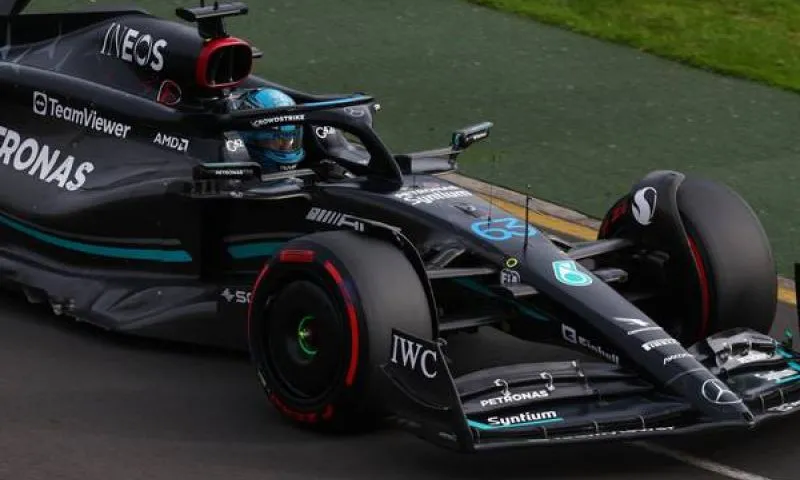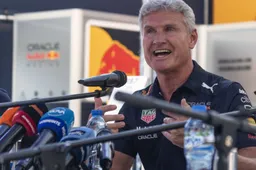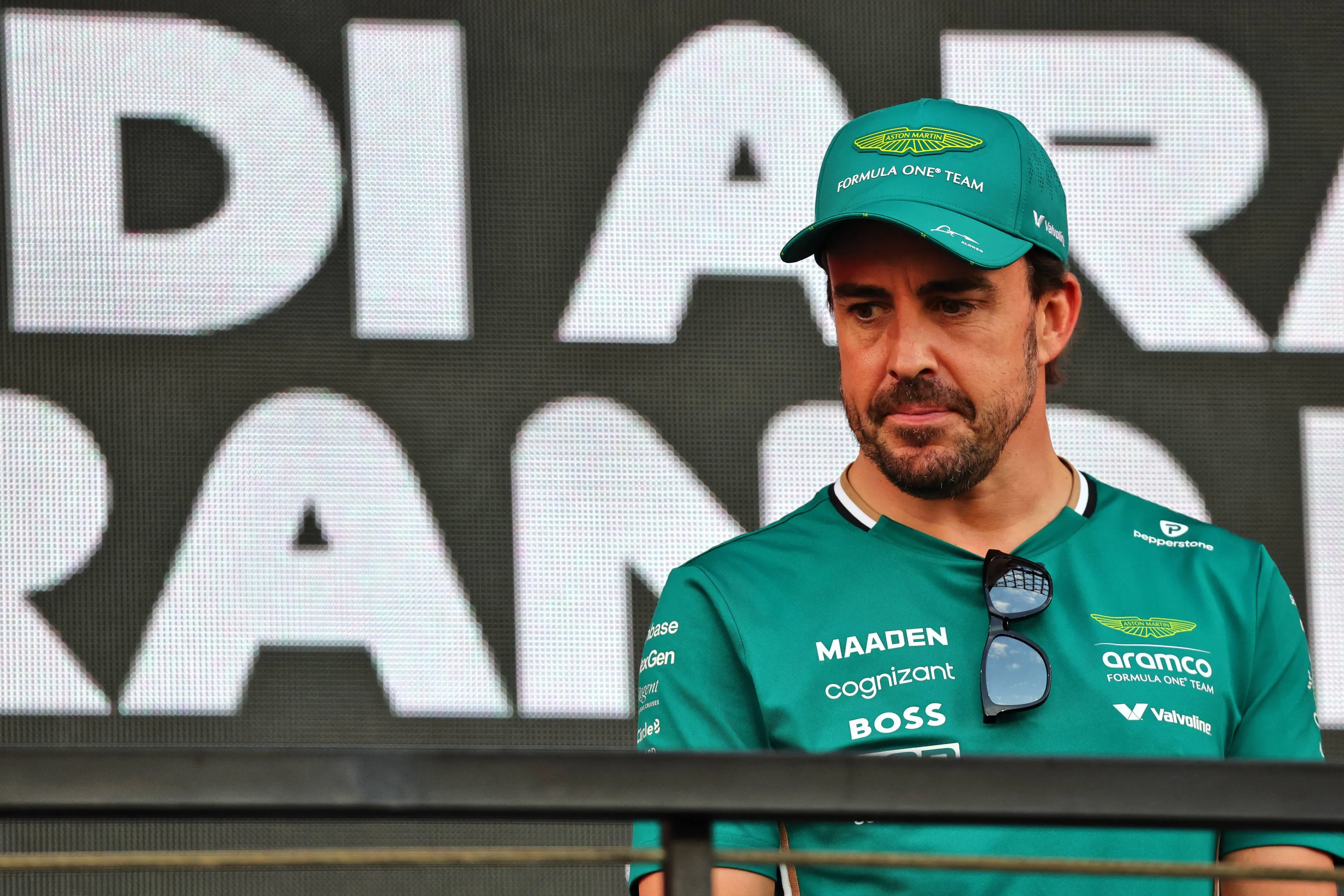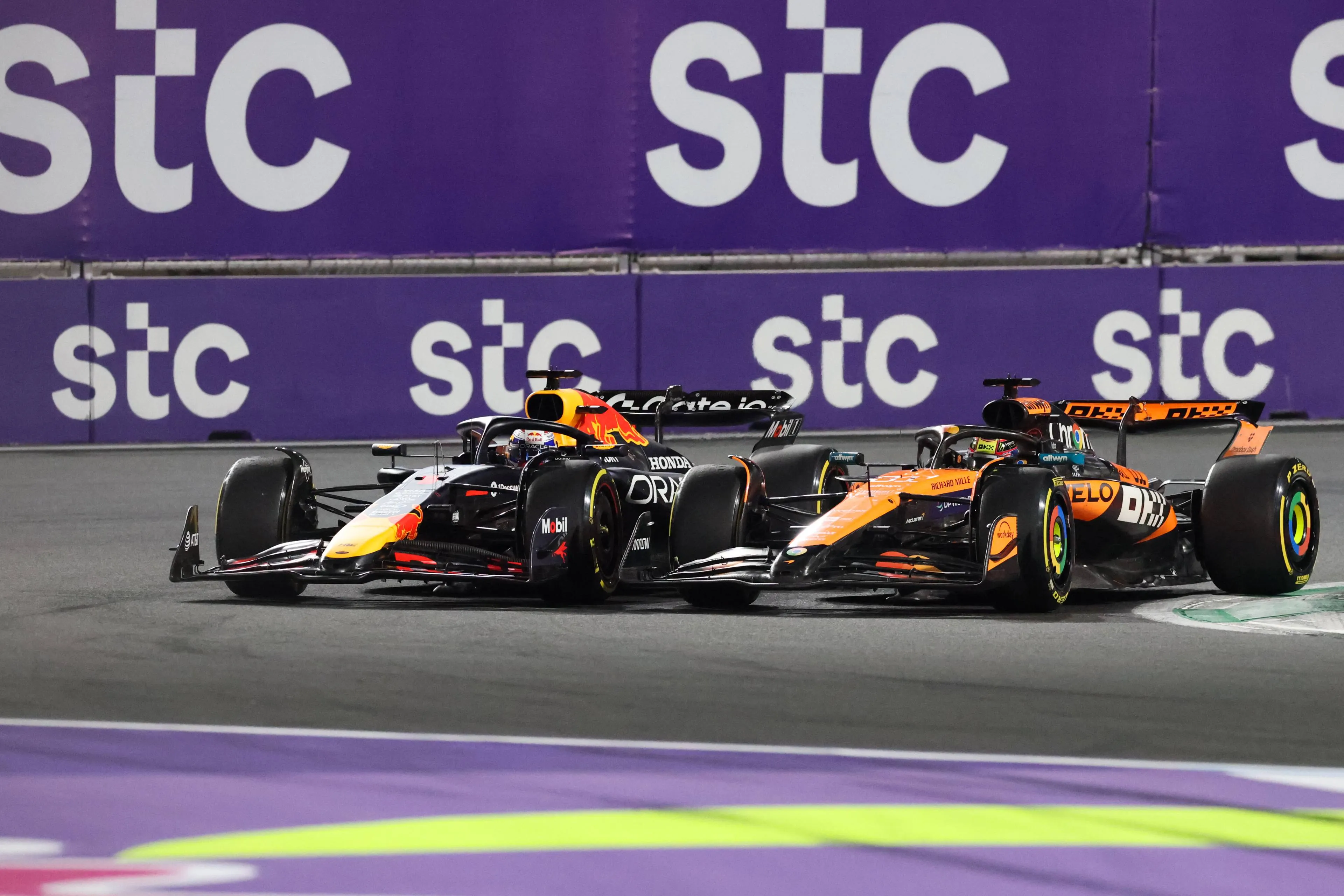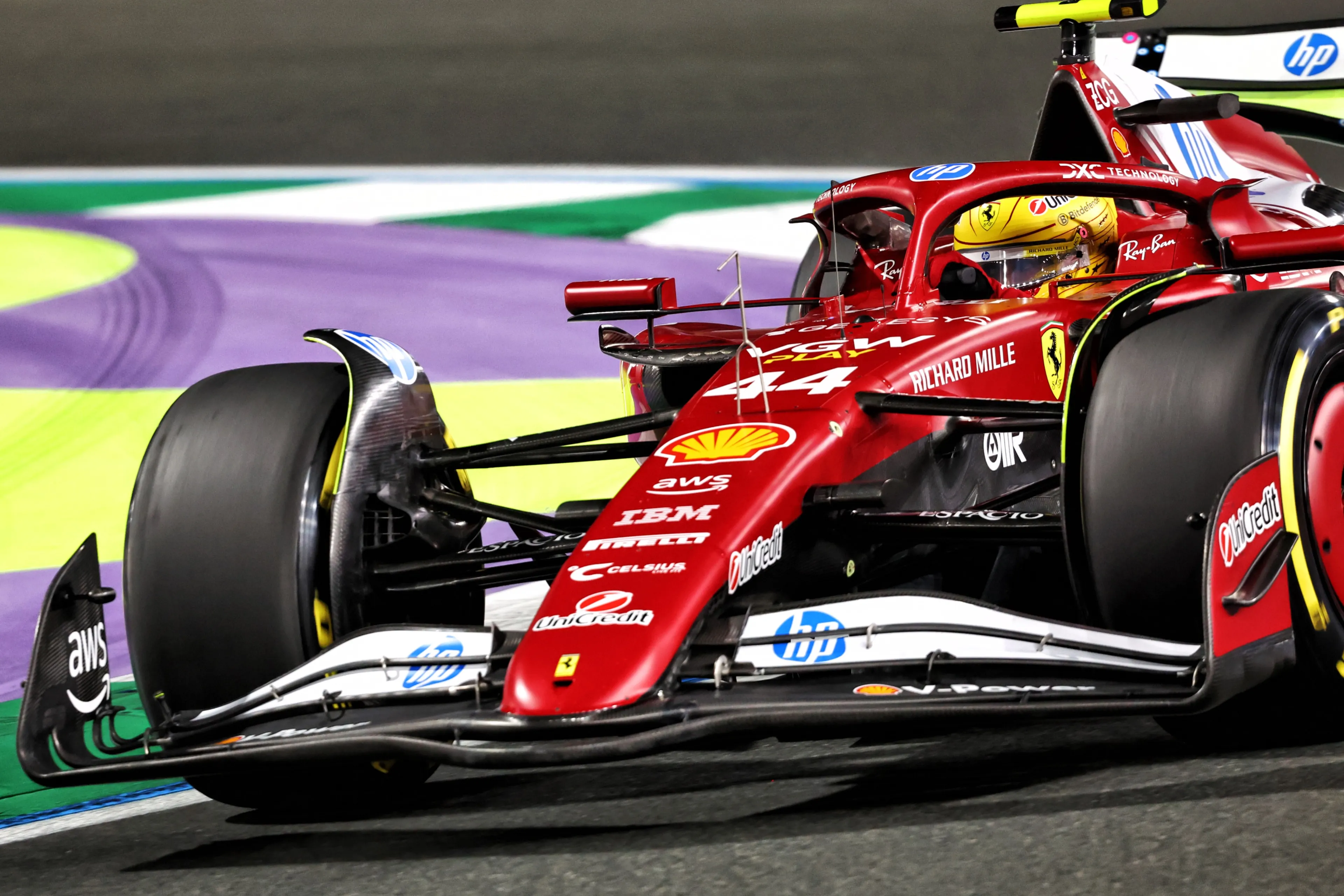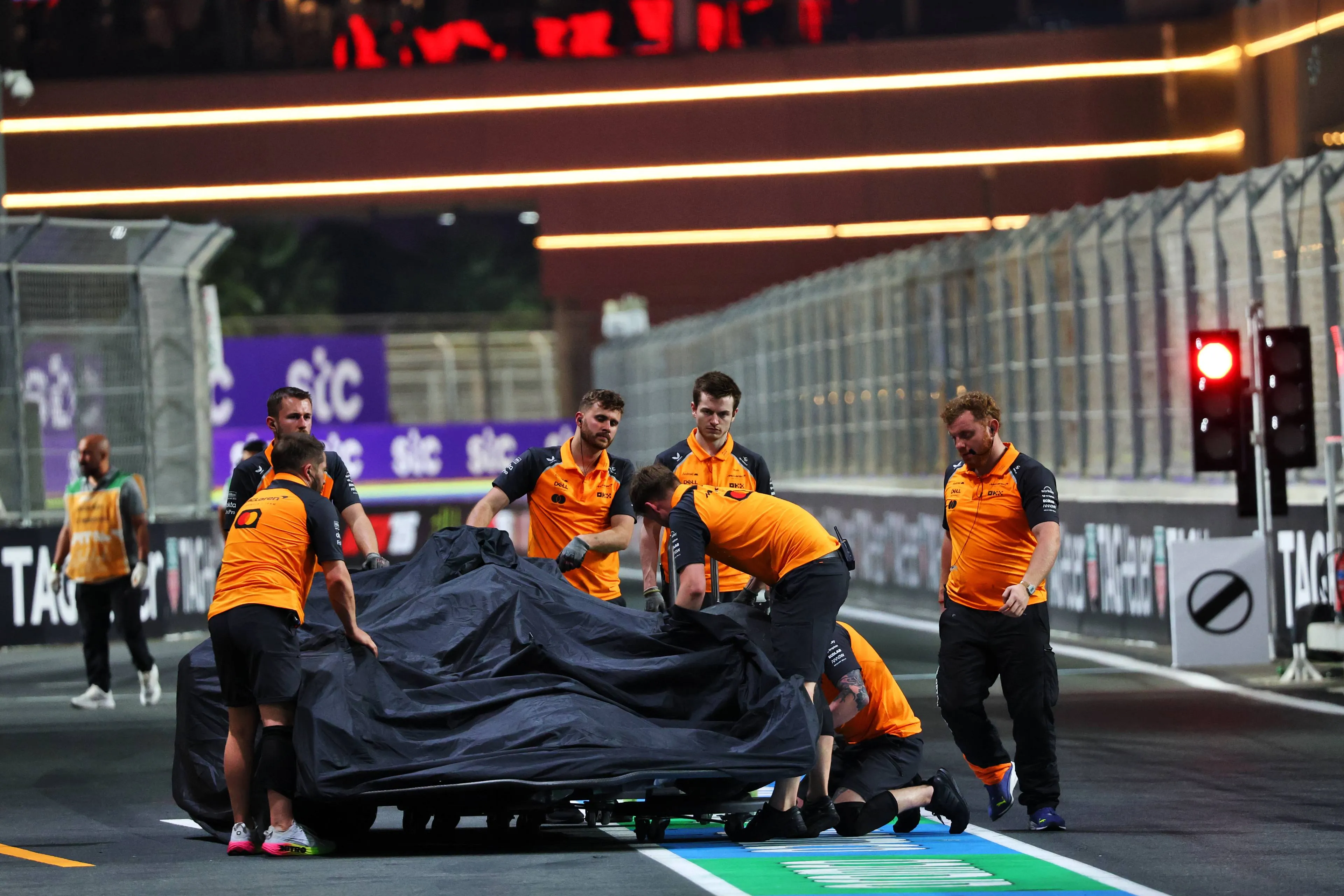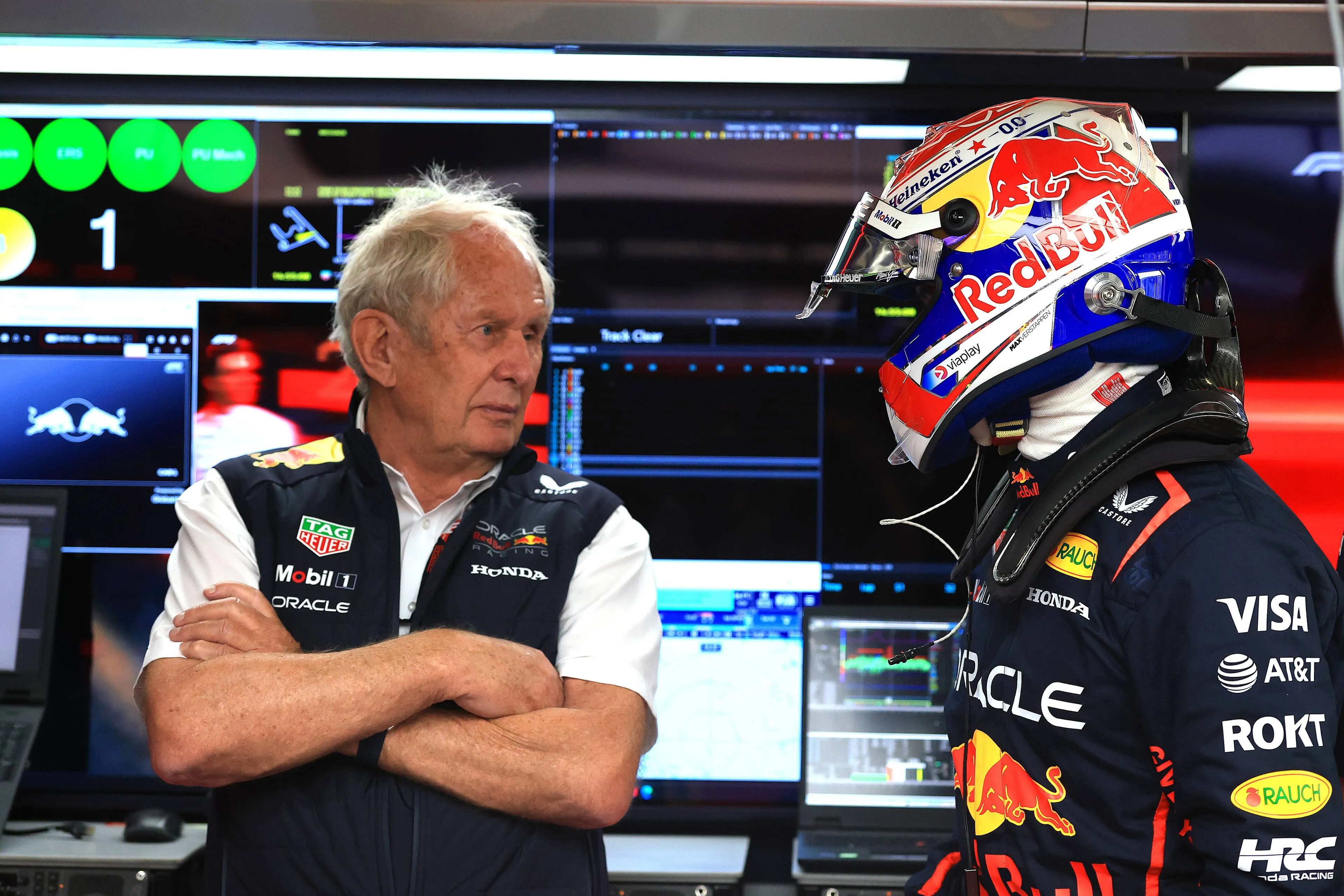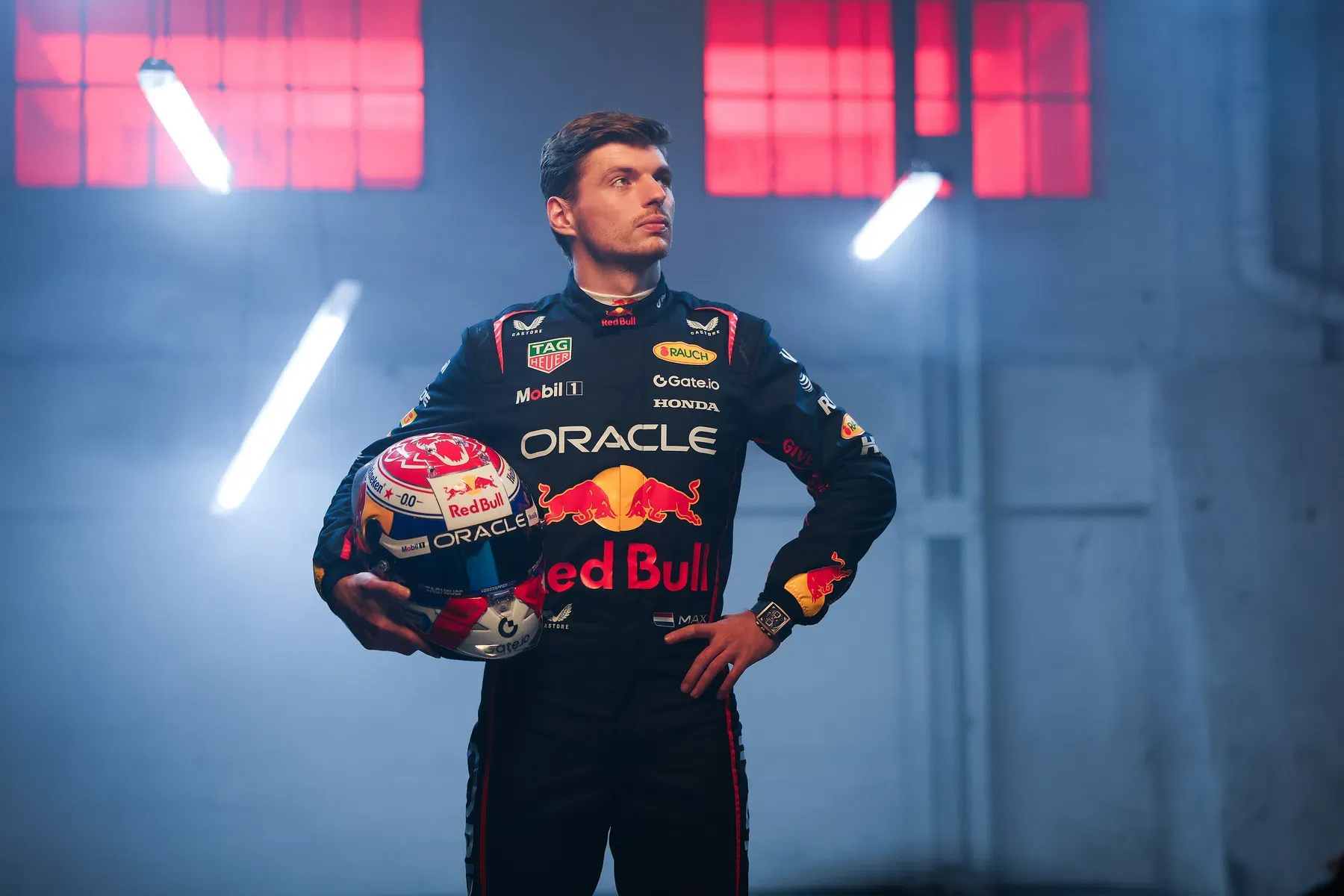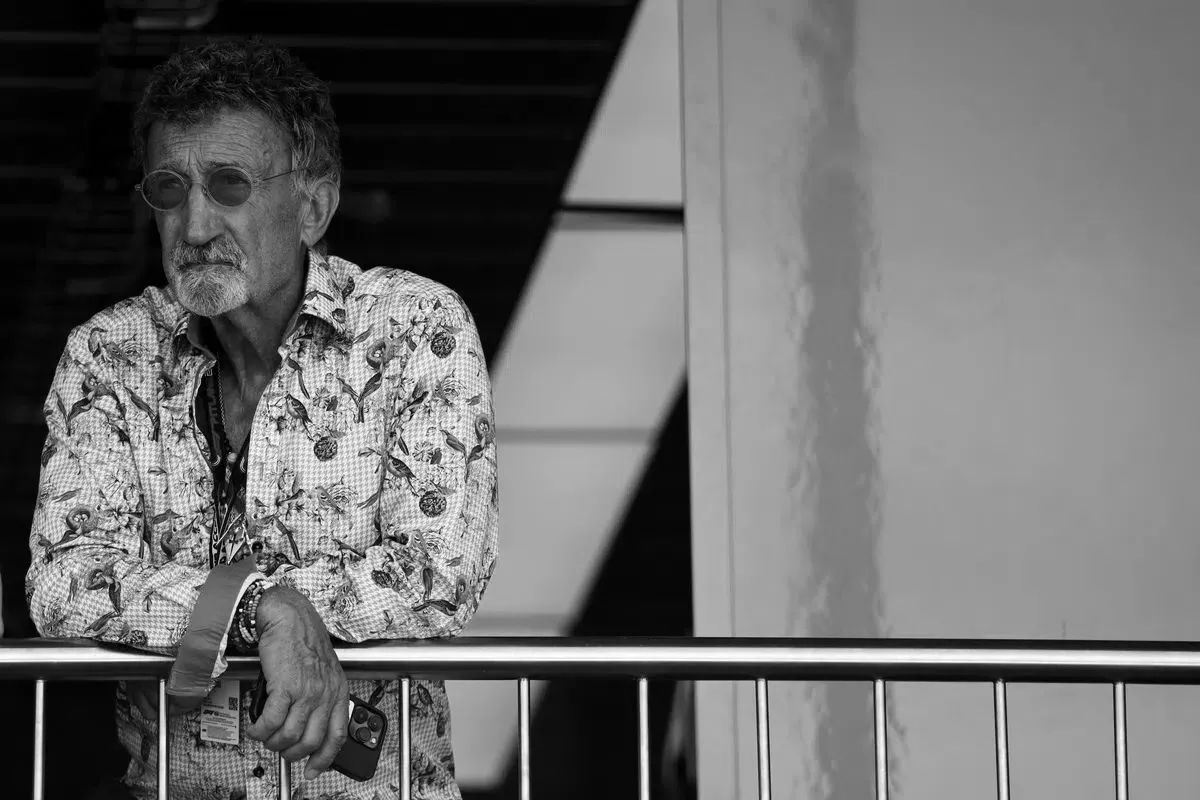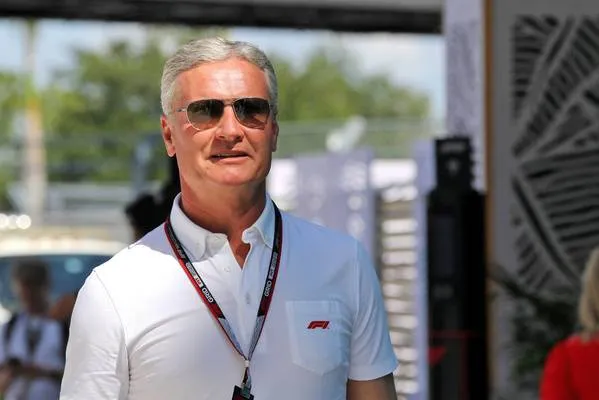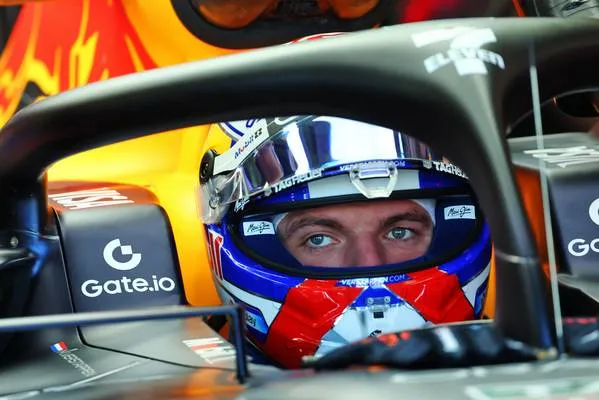Analysis | Lewis Hamilton v George Russell: Who is better in the duel?
11:06, 11 Apr 2023
20 Comments
Lewis Hamilton and George Russell’s relationship storyline sat towards the top of Formula 1’s agenda going into the 2022 Formula 1 season. How will the pair get on? Who will be on top? Who can consistently challenge Max Verstappen and Ferrari? Who can be World Champion? Those were the questions asked during the winter transition from 2021 to 2022.
But those questions were immediately thrown into the bin when Mercedes rolled out of the garage for pre-season testing in Bahrain. Instead, the Mercedes story became about returning to the top and improving their underperforming car. That story continues in the 2023 Formula 1 season, but it’s still worth checking in on the Russell v Hamilton duel.
The pair of British drivers have now been teammates for 25 Grands Prix. Russell leads the qualifying duel and has finished ahead of Hamilton more times than the other way around. Russell leads both statistics by one (12-13).
Whilst we’ve never seen the two drivers go toe-to-toe for pole position or race wins, everything points towards Russell as having the (very slight) advantage. After all, Russell has a pole position, a sprint race win and a Grand Prix victory to his name during their time together. Due to the small gap between the two, it’s still near enough impossible to draw any hard conclusions. The form book again points to Russell as all three 2023 qualifying sessions have gone his way, and he possibly would’ve beat Hamilton in Australia without the red flag and subsequent retirement.
However, we can confidently say that Russell is significantly a step up compared to Valtteri Bottas. The Finnish driver finished ahead of Hamilton in the race roughly one in every three Grands Prix, and qualifying wasn’t too dissimilar.
A deeper dive
In Australia, Russell out-qualified Hamilton by 0.136 seconds. As it turned out, this was one of the most significant qualifying sessions for the two drivers since they became teammates. With Ferrari out of the running and Sergio Perez stuck in the gravel, this place was for the front row on the grid alongside Verstappen.
Diving into the telemetry, there’s a clear explanation for the difference between the two drivers. Hamilton has the speed on the straights, but Russell is much better in the corners. Over a single qualifying push lap, this is advantageous for Russell because cars spend more time in the corners.
The race may have favoured Hamilton slightly more because overtakes are possible with four DRS zones and slipstream. This is how Ferrari ended up with more pole positions in 2022 compared to Red Bull, who still managed to comfortably win the championship.
Just before the braking point at turn nine, Hamilton peaked at 324km/h compared to Russell’s 320km/h. To a slightly lesser extent, this is mirrored throughout most of their quickest qualifying laps. For example, at the start of the DRS zone between turn eight and nine, Russell has a 0.260-second advantage, which Hamilton cuts to 0.106 seconds at the braking point.
On the flip side, Russell could carry a higher minimum cornering speed. This is best highlighted at the turn 6/7 chicane. Hamilton’s slowest speed through that chicane is around 10km/h slower than Russell.
Switch in Saudi Arabia
The Jeddah track is the fastest street circuit that Formula 1 visits. Average speeds in qualifying are over 250 km/h, with drivers climbing above 310 km/h on three occasions during a single push lap. Over 80% of the lap is spent at full throttle, and many of the corners can be taken flat-out, given the soft angle.
It seems as though Russell got the most out of that advantage. The younger British driver was able to reach faster top speeds than Hamilton. The seven-time World Champion did gain some time back in the corners, for example, at turn 15/16, where Hamilton gained nearly a tenth. But it will never be enough in Jeddah to cancel out the straight-line performance, given the unique characteristics.
What about Grands Prix?
Considering both Australia and Saudi Arabia, Hamilton got the qualifying setup wrong. As the Jeddah results showed, Hamilton’s set-up didn’t work during the Saudi Arabian Grand Prix either.
Hamilton admitted in Saudi Arabia that he had got the setup wrong. "We got some great points for the team, George got third and he did amazing. I went forwards so I'm really grateful to have come from seventh to fifth. The strategy didn't really work out for me, the set up was a little bit off - if I had the set up George had, I would have been in a better position," Hamilton told Sky Sports.
However, things were different in Australia. It didn’t help him beat Russell in qualifying, but the race was different. We only have the first six laps due to Russell’s early pitstop and subsequent red flag. But Russell zoomed off to a 2.3-second lead on lap one, and Hamilton closed that to 0.637 seconds on lap six. In all likelihood, Hamilton had the pace advantage and would’ve made an overtake.
Russell dropped out of the running, but this point is further backed up later in the race. Ignoring Verstappen because the Dutchman was in a class of his own, Hamilton and Alonso had a duel for P2. Most times, when Alonso got back within a second and therefore within DRS range, for example, in lap 17 when the delta was eight-tenths, Hamilton upped the pace and opened the gap. On lap 18, Hamilton opened it to 1.5 seconds. Similar occurrences were repeated throughout the race. This show that Hamilton had the pace advantage and was relatively relaxed for P2.
All this means it’s incredibly tight between the two Mercedes teammates. So in 2023, it’s coming down to setup methods which isn’t surprising when the car is where it’s at.
Read more about:
Popular on GPBlog

1
How Christian Horner scored a significant victory over Toto Wolff
1435 times read
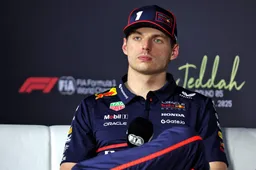
2
Why is the most logical option for Verstappen in '26 never mentioned?
848 times read
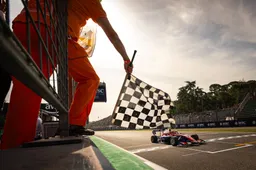
3
Formula 1 Appears to Have Made a Decision and Discontinues This Grand Prix
727 times read
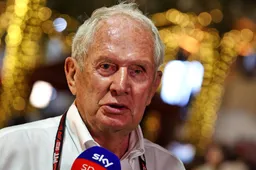
4
This F1 driver left the biggest impression on Marko in 2025 so far: 'His approach is good!'
575 times read
